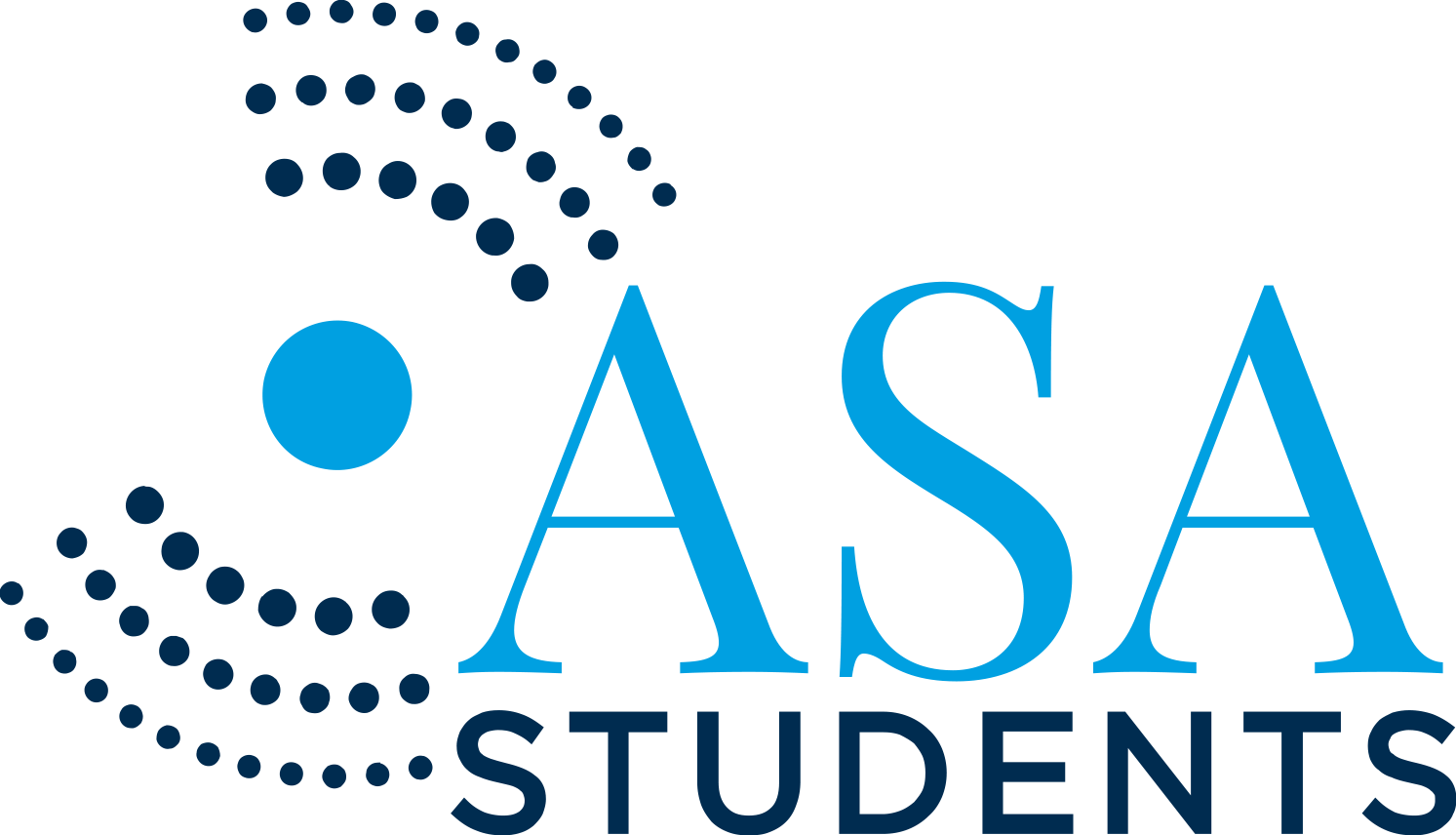A number of ASA Technical Committees offer Best Paper Awards to students and early career members who present at ASA meetings. More information about these awards can be found on the ASA website’s Funding Sources page. Below, the results of the Best Paper Awards for each Technical Committee that participated at the ASA Minneapolis 2018 meeting are listed:
Architectural Acoustics
First: Daniel Tay, Rensselaer Polytechnic Institute
1pAA2. High spatial resolution scanning for experimental room-acoustic measurements in scale models.
Second: Anna C. Catton, University of Nebraska-Lincoln
3aAA5. How physical versus panned sources in dry or reverberant conditions affect accuracy of localization in sound field synthesis systems
Animal Bioacoustics
First: Jay R. Johnson, University of Texas at Austin
2pAB4. Ultrasonic Transmission Behavior in Posidonia oceanica Rhizomes
Second: Xavier Mouy, University of Victoria
4aAB10. Analysis of Haddock (Melanogrammus aeglefinus) sounds recorded in the Northwest Atlantic
Acoustical Oceanography
First: Josee Belcourt, University of Victoria
2pAO6. Gradient-based Bayesian geoacoustic inversion for sediment properties at the New England mud patch
Second (tie): Elisabeth M. Brown, Rensselaer Polytechnic Institute
2aAOa8. Implications from a clay/silt suspension model of mud for data from the Seabed Characterization Experiment
Matthew C. Zeh, University of Texas at Austin
3aAO5. Acoustical characteristics and contributions of bubbles released from melting glacier ice
Biomedical Acoustics
First: Dezhuang Ye, Washington University in St. Louis
1pBA7. Intranasal administration of temozolomide combined with focused ultrasound to enhance the survival of mice with glioma (A Pilot Study)
Second: Parker O’Brien, University of Minnesota–Twin Cities
1pBA8. Broadband transskull multi-focus wavefront synthesis
Third: Tho Tran, University of Alberta
2aBA8. A nonlinear grid-search inversion for cortical bone thickness and ultrasonic velocities
Engineering Acoustics
First: Athanasios G. Athanassiadis, Massachusetts Inst. of Technology
4aEA5. Optical breakdown as a broadband underwater acoustic source
Musical Acoustics
First: Colin Drown, Truman State University
3aMU5. The barbershop sound: The characteristic timbre of the male barbershop quartet
Second (tie): Richard C. Lissemore, The City University of New York
4aMU4. Articulatory correlates of the acoustic transition during the second passaggio of sopranos
Susan R. Bissmeyer, University of Southern California
4pMU12. The time and place of cochlear implant pitch perception
Noise
Fabien Bonnet, Ecole de Technologie Superieure
4aNS5. Acoustical corrections to be used for improved in-ear noise dosimetry measurements
Simon Benacchio, Ecole de Technologie Superieure
4aNS7. Application of a registration method on magnetic resonance images to evaluate the displacement field of a human subject ear canal due to various earplug insertions
Yutong Xue, Purdue University
1aNS8. Fibrous material microstructure design for optimal structural damping
Speech Communication
First: Kiranpreet Nara, University of Toronto
1pSCb6. Phonation type in vowels of heritage and native Gujarati speakers
Second (tie): Dave C. Ogden, University of Michigan
4pSC10. Cognitive effort in comprehending non-native speech decreases with listening experience
Kali Woodruff Carr, Northwestern University
4pSC6. Interference of adaptation to foreign-accented speech from consecutive but not interleaved training of two accents
Signal Processing in Acoustics
First: Brian M. Worthmann, University of MIchigan
4pSP3. Cross-term analysis in frequency-difference-based source localization methods
Second: Dane R. Bush, Rensselaer Polytechnic Institute
3aSP2. Investigations on n-tuple coprime arrays
Third: Mallory Morgan, Rensselaer Polytechnic Institute
2pSP12. Automatic recognition and immersive representation of environmental soundscapes
Structural Acoustics and Vibration
First: Tyler J. Flynn, University of Michigan
1pSA3. Remote acoustic detection of localized delamination in vibrating composite layered plates
Second: Matthew Kelsten, Rutgers University
4pSA8. Optimal Absorption associated with wall impedance in acoustic waveguides
Underwater Acoustics
First: Blake Simon, University of Texas at Austin
5aUWb6. Modeling acoustic wave propagation and reverberation in an ice covered environment using finite element analysis
Second: Thomas Blanford, Pennsylvania State University
1pUW1. Design considerations for a compact correlation velocity log
